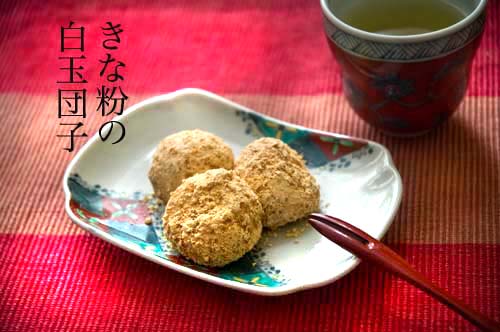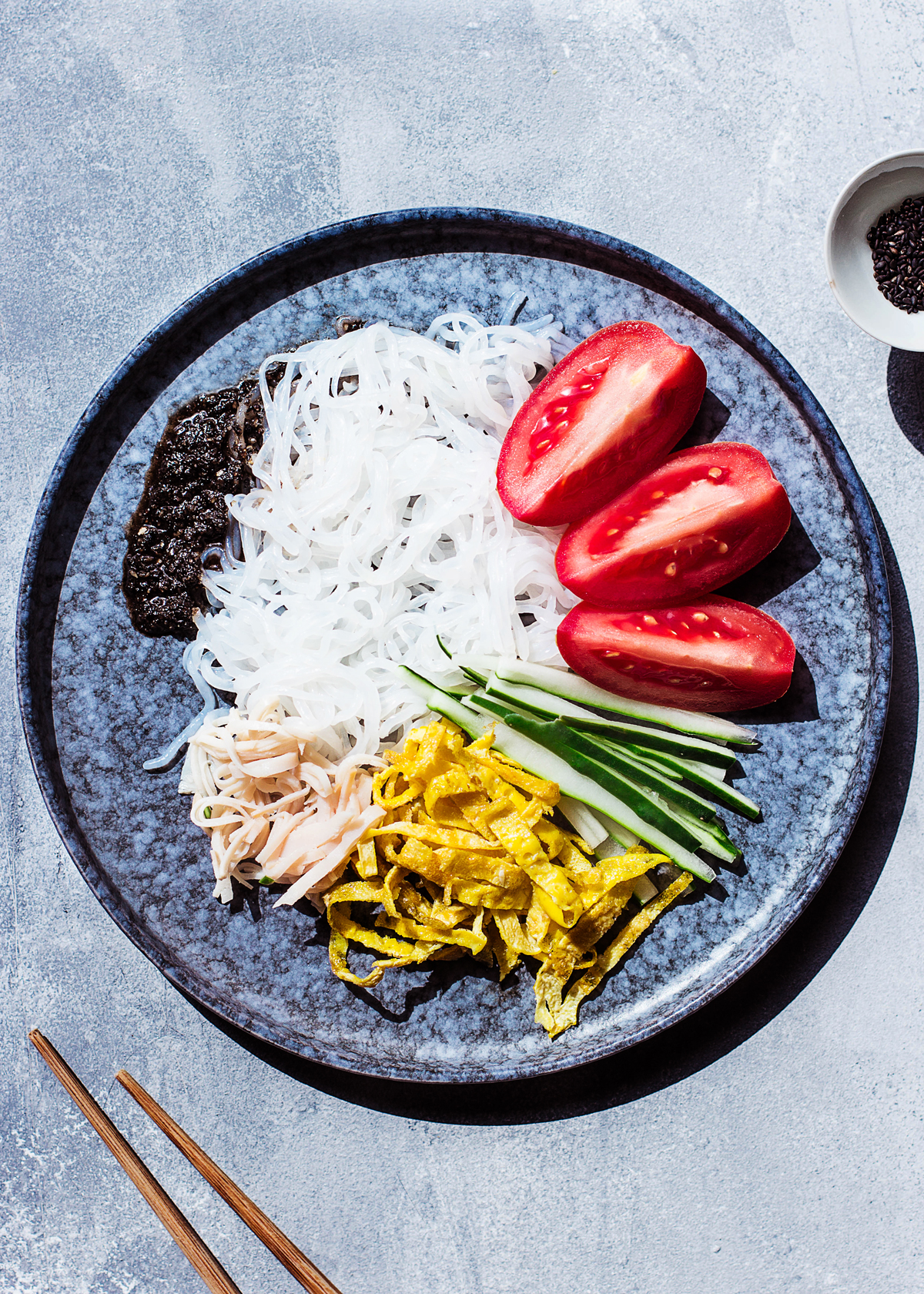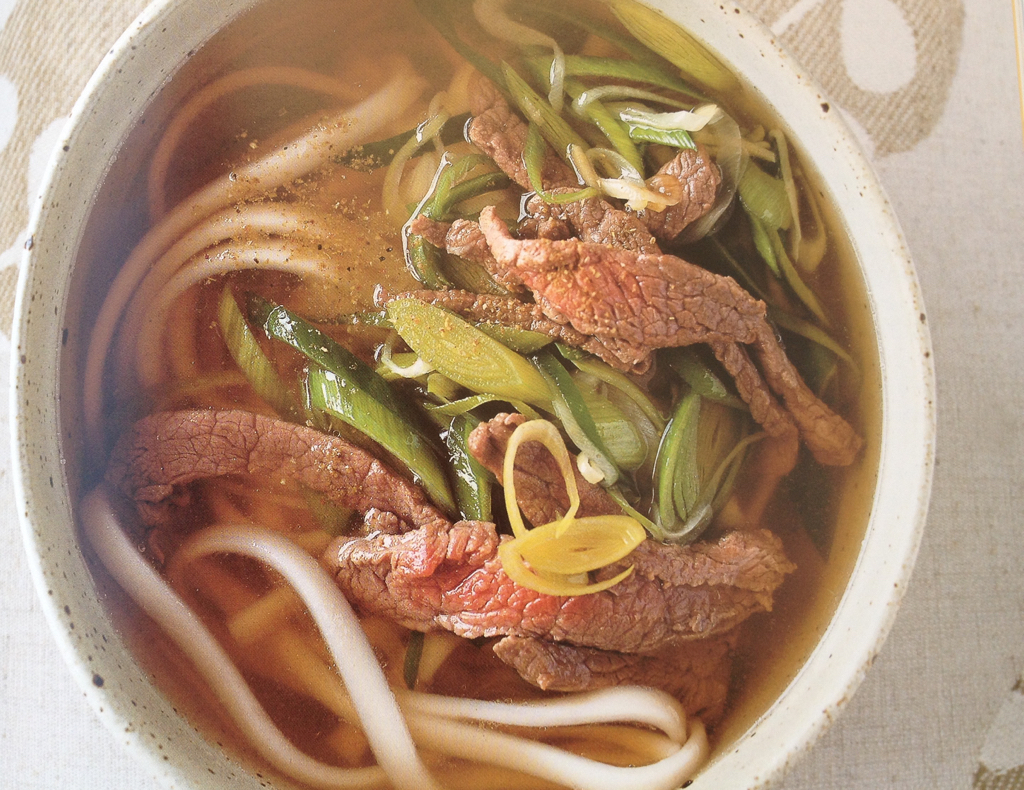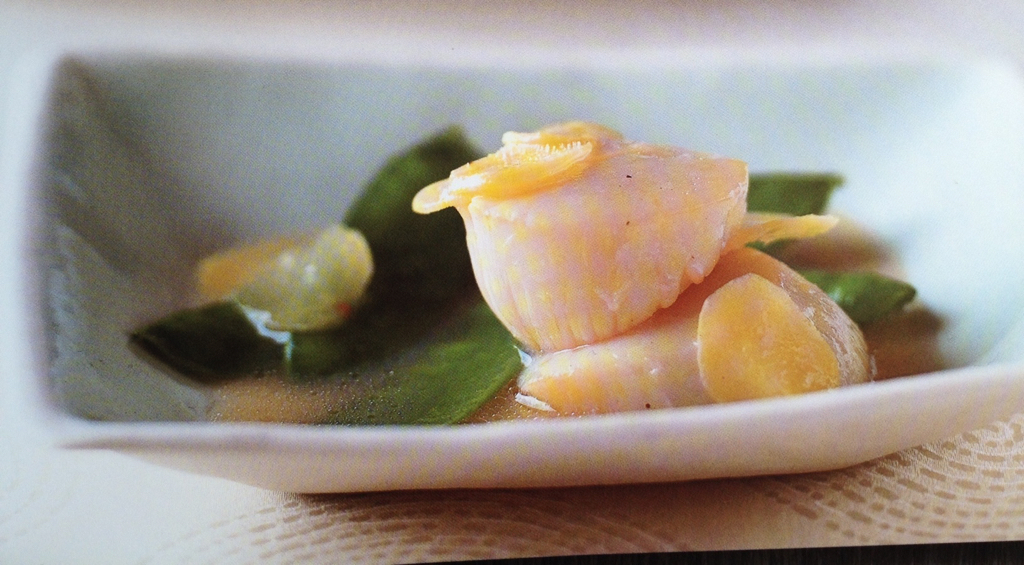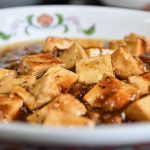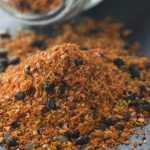Recipe by comerjapones.com
Shiratama literally means “little white balls” and are made with glutinous rice flour called shiratamako. Its texture and taste is halfway between gnocchi and (mochi 餅) or glutinous rice cakes.
As you may have seen in the a Mochitsuki Taikai ceremony, the traditional way to make mochi is to boil glutinous rice and then pound it with a pestle and mortar. However, if we want to avoid the work involved in pounding the sticky dough, we can resort to another much easier method, which is to use glutinous rice flour directly.
The first thing to do is to get a packet of shiratamako flour and mix it with water. To make about 30 shiratama, use 100 g of shiratamako and mix it with 90 ml of hot water to make the dough. It is important not to pour all the water in at once, but to do it progressively while mixing, in order to get the perfect texture. And what is the perfect texture we are looking for, you may ask? In Japanese there is a very peculiar expression to indicate that kind of texture: (mimitabu 耳朶), which is the texture of an “earlobe”, a dough with that soft, smooth and malleable feeling that is neither too dry nor too watery. To stir and knead the dough, we will use a silicone spatula that does not stick.
Next, boil a saucepan with plenty of water and make small balls with the dough the size of a quail’s egg (or a ping pong ball, depending on how greedy you are). Add the shiratama balls to the boiling water and wait for them to cook. And how will we know if they are ready, you ask? It’s very easy. When the balls float to the surface, it means they are ready and can be removed.
We can coat them with toasted soy flour, in Japanese (kinako 黄な粉), the translation of which is as graphic as that of the “white balls”, as it literally means “yellow flour”. It has a peculiar taste slightly reminiscent of roasted corn and is widely used in Japanese pastries. Another classic way to present this dessert is on a sweet azuki bean paste (anko あんこ). This paste can be bought ready-made or made at home by boiling this type of red bean with lots of sugar for hours until it turns into a sweet paste. The combination of anko paste with shiratama is so popular that this dessert has its own name: (Zensai 善哉), which also means “Well done!” and can be made with whole azuki, with anko paste, with shiratama or with blocks of toasted mochi. Will anyone be up for trying it at home?

